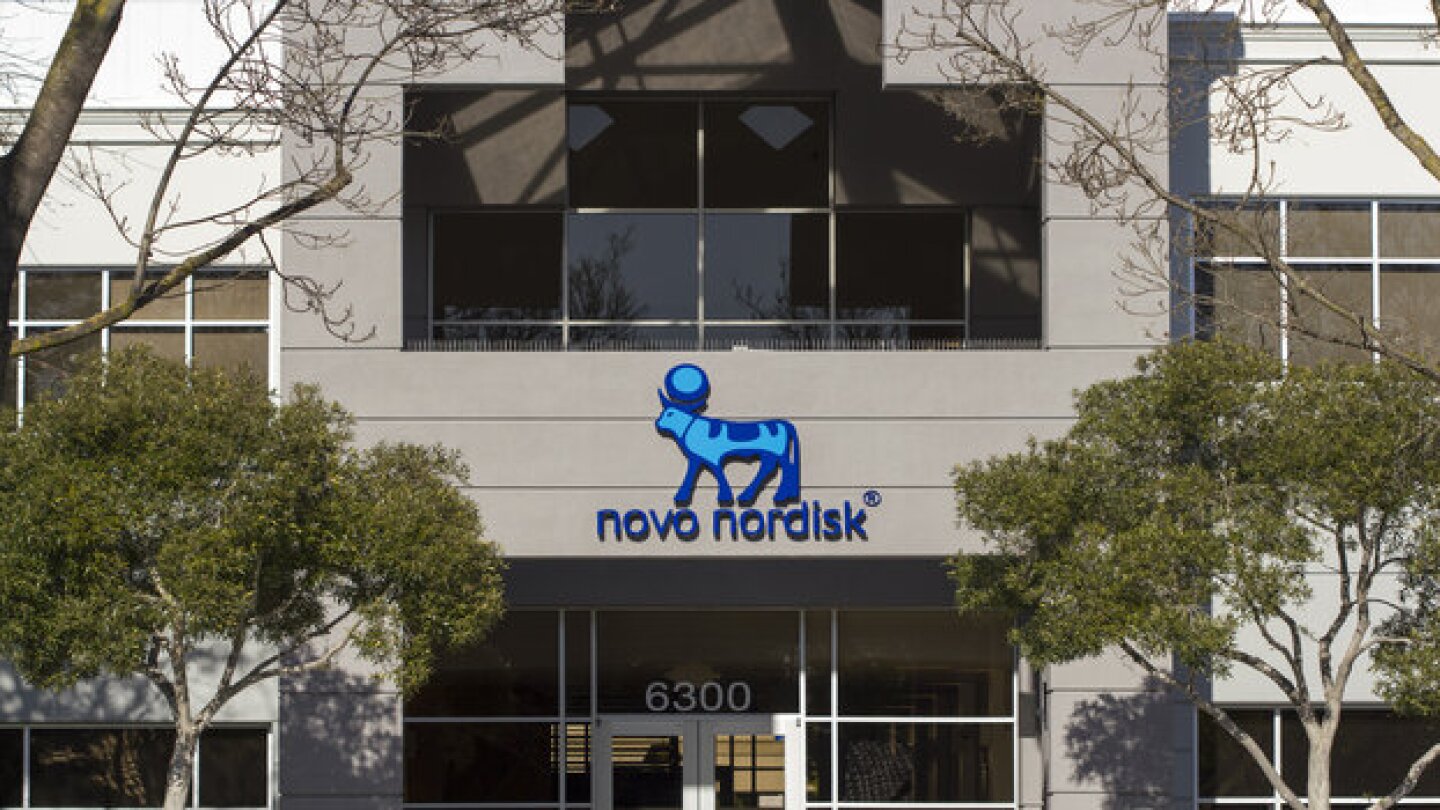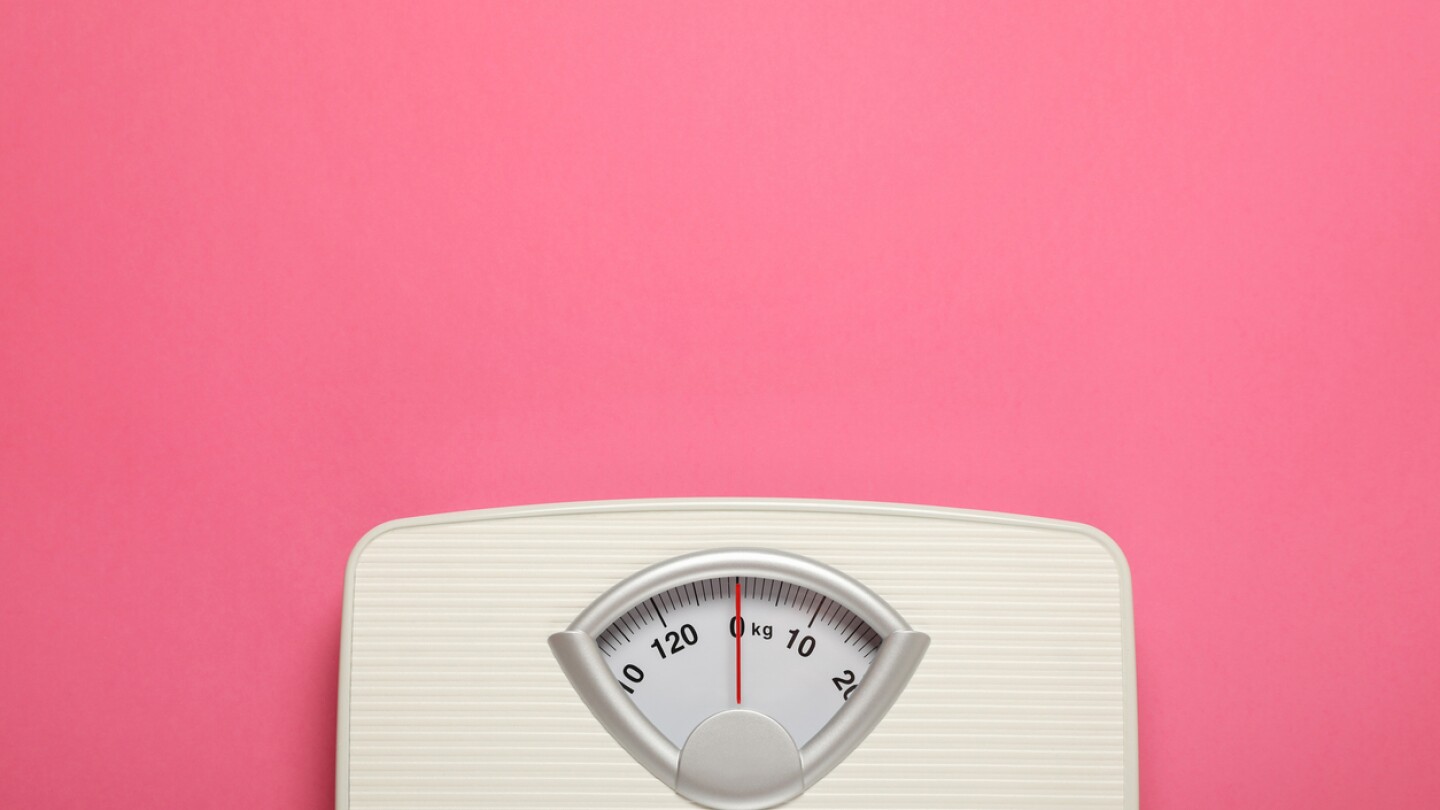Weight loss
Roche and Zealand plan to study petrelintide as a monotherapy and in combination with CT-388, a dual agonist of the GLP-1 and GIP receptors that Roche picked up in its recent acquisition of Carmot Therapeutics.
Analysts acknowledged the long-term manufacturing deal could dull Viking’s takeout prospects but hailed it as a smart move to ensure supply.
The latest data showed 15.7% weight loss in patients with diabetes after 68 weeks. In December 2024, CagriSema returned another disappointing readout for Novo, eliciting weight-loss of 22.7% in patients without diabetes, below the pharma’s prior projection of 25%.
While drug developers work to mitigate the side effects associated with GLP-1–based obesity drugs, recent studies reveal that myriad variables are causing patients to stop treatment.
Novo Nordisk’s NovoCare will now provide uninsured or underinsured patients access to Wegovy for just $499 per month—less than half of its list price.
Merck’s Keytruda holds on to the top spot while AbbVie’s Humira—once the world’s top-selling drug—continues to cede its market share to biosimilar competitors.
AbbVie is joining the amylin arena, though the pharma is still far behind leaders Novo Nordisk and Eli Lilly.
Two recent documents—one from the FDA, the other from a commission organized by The Lancet Diabetes & Endocrinology—indicate an evolving mindset toward treating obesity as a chronic disease.
While Kallyope’s drugs are mechanistically unique, the biotech is competing in a crowded space, with other therapies that appear to elicit superior weight-loss.
As high prices and supply issues drive consumers to alternative markets for GLP-1s, physicians aren’t too interested in using these therapies to treat conditions like heart disease risk that have existing cheap standards of care.
PRESS RELEASES










